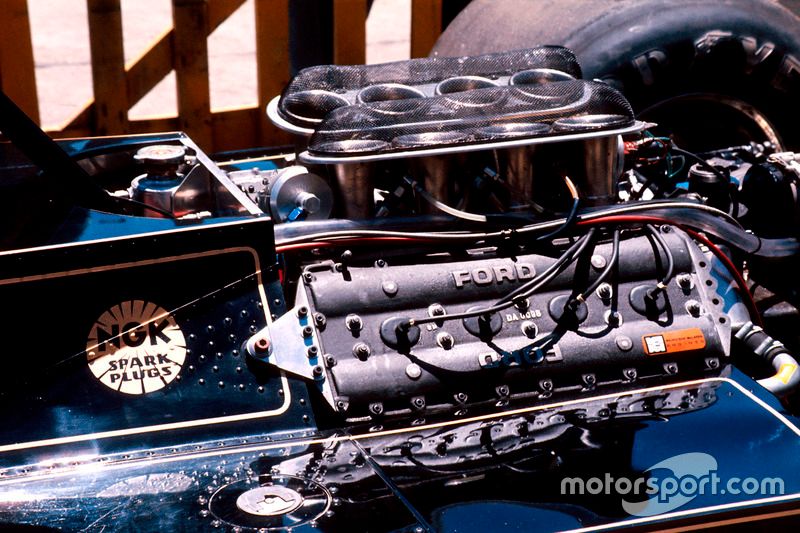The American car company has tied up with the Milton Keynes-based squad to work on the new 2026 engine that is being prepared by the Red Bull Powertrains division.
Ford has been tapped up because it offers the exact kind of battery expertise that Red Bull needs for the new engine regulations that are coming into play – where electrical energy will account for around 50% of the overall power.
Speaking at a 2024 season launch for the Ford Performance motorsport division on Wednesday night, its CEO Jim Farley offered an update on the progress as he said he was extremely bullish about how things were going.
“I had a chance to spend a lot of time with the team in Milton Keynes, and with Adrian Newey, and I think we’re on track,” he said on stage at the event in Charlotte, North Carolina.
“2026, even though it sounds like a long way away, we have a lot of work to do on the powertrain, but I’m really happy with the progress. I wish I could tell you more, but I would say we’re on track.”
Photo by: Motorsport Images
The Ford Cosworth DFV engine on the back of a Lotus
While Ford’s tie-up with Red Bull marks a return to F1 for the first time since the early 2000s, having briefly supplied engines to Jordan and owning Jaguar before it was sold in 2004, Farley says its comeback is a completely different approach.
He explained that with F1’s power units shifting more towards the electric technology being sold to consumers, the opportunities for direct technical transfer from race track to road are something that has not been offered since the 1970s.
“We’re going back to F1 in a way that we haven’t in the past,” added Farley. “It turns out that the best aerodynamics in the world are in Formula 1, the best telemetry, the best digital diagnostics.
“And, actually, we need all those things for electric cars. So it’s actually going back to the 70s with a pure tech transfer.
“This is not like owning our team. We’re going there to literally transfer technology. We can offer battery tech for them, because in ‘26, they’re going to go to like 50% electric, and they need high discharge batteries. We do that in NHRA, for example.
“And, on the other hand, we can get telemetry, digital diagnosis, as well as aero, which we can put in our production, electric cars to make the battery smaller.”
Farley added that the level of knowledge and technology that Red Bull had was exactly what Ford needed…
Click Here to Read the Full Original Article at Motorsport.com – Formula 1 – Stories…

